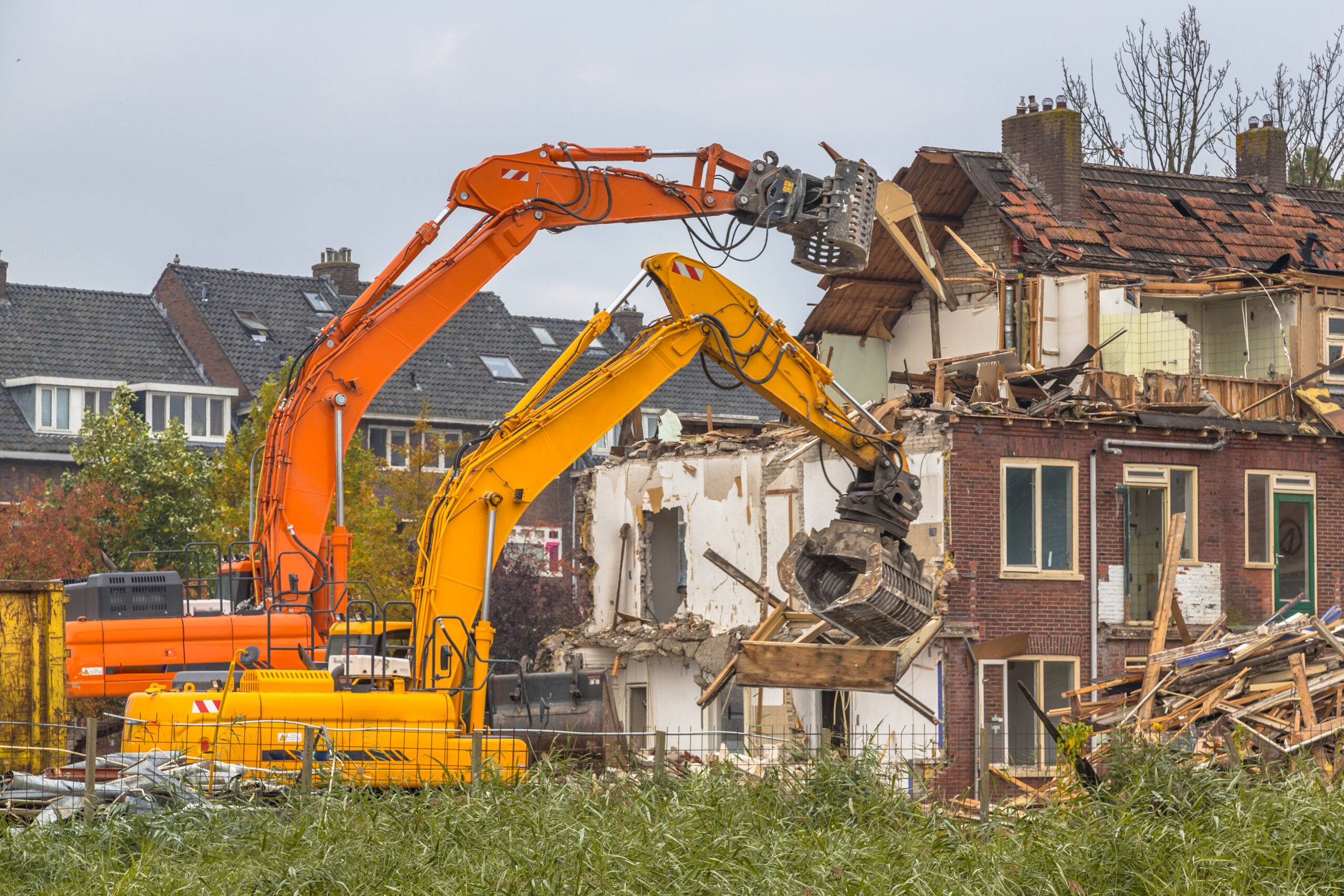Demolition
Every structure is designed to last a particular period of time
Demolition
Demolition is commonly needed when an existing property needs to be removed or replaced, either because it has exceeded its structural life or to make way for a new, more modern structure. Every structure is designed to last a particular period of time, after which it’s loses its stability and needs to be demolished, as it becomes a hazard to safe occupation, and adjoining structures. Structures may also be demolished when a new structure is desired to be erected in place of the old one.
Demolition involves destroying and removal of a structure, following a well-laid out demolition plan that may use either of the following two methods.
Implosion which involves controlled use of explosives
Non-explosive methods using heavy equipment like bulldozers, excavators and related equipment for dismantling and removal of debris.
As with other construction work, extreme care is exercised in demolition. Construction contractors draw up a detailed demolition plan that factors in not only the structure to be demolished, but also the adjoining properties and infrastructure.

Building Survey
1. Types of construction material used
2. Use of the structure prior and during demolition, if any
3. Presence of wastewater, hazardous materials etc. that need handling or will be an issue during demolition
4. Drainage conditions and possible problems on water pollution, flooding and erosion as a consequence of demolition
5. Shared facilities with adjoining building, including common staircases, partition walls
6. Adjoining pedestrian and vehicular traffic conditions
7. The sensitivity of neighbourhood with respect to noise, dust and vibration
Structural Survey
1. The method of construction and the structural system original employed in the design
2. The structural system and structural conditions of basements, underground tanks or underground vaults
3. The condition of the building
4. Removal of hazardous materials


Preparation of Demolition Plan
Preparation of a detailed demolition plan precedes every demolition exercise. The plan is overseen by structural engineers and factors in the building and structural surveys. Key elements include
1. The location of the building to be demolished
2. The distances from the building to be demolished to its adjacent buildings, streets, structures and significant street furniture
3. The structural support systems of the building
4. Estimation of various key considerations like vibration prediction, vibration monitoring, noise monitoring and steps to counter them
5. Procedure for the demolition of the building; detailed sequence of demolishing structural members
6. Method of demolition to be adopted
7. Mapping of the demolition area with cordoned off areas
8. A plan showing all precautionary measures for the protection of the adjoining structures and infrastructure, including equipment used for precautionary measures
9. Method of handling demolished building debris
Time required for the complete demolition process etc
10. Safety Measures during Demolition of Building Structures, including safety and medical measures for the workers involved in the demolition
11. Necessary permissions that need to be taken from local authorities
Amazing Construction leverages its vast experience in the field of construction to offer specialized demolition services of a non-explosive nature. We pay special attention to ensuring safe, effective and comprehensive demolition services with due regard to your desire for non-intrusive, minimal noise-producing demolition activity at the construction site.
